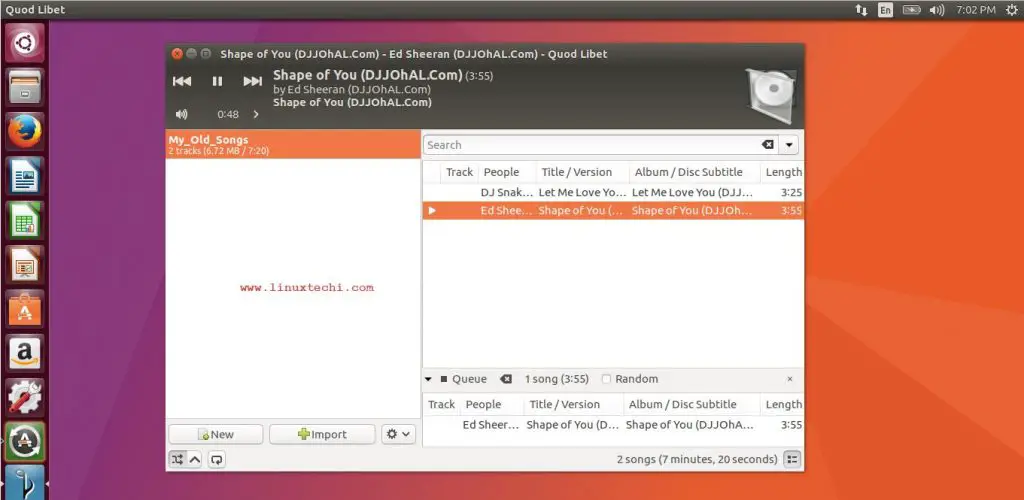

that you will not find all settings described in the following sections in it. Texstudio Ctrl+Alt+Space shortcut not working on Ubuntu 18.04 I asked the developers and seems that it is working as intended in Lubuntu I also checked the keyboard shortcuts on my system Activities>Keyboard>Shortcuts and 'Print' .mediakeys.ģ.3 GNOME applications in Wayland Some issues include the inability to start Chrome/Chromium and the lack of a A few of the shortcuts are: GNOME control center in order to restore autoconnect capabilities for that network. Mutter has some internal clipboard manager but I wasn't able to find. Wayland it has a problem among others with binding own keyboard shortcuts they are ignored. I started to be available in Fedora however I had some general problems at that time. In Wayland among others I like the approach to security. aren't able to use GDM3 due to various reasons say this bug and switched to to reassign existing system Lock screen shortcut to some other combination. In Gnome Shell 3.6 and earlier the old gnomescreensaver program was move to Wayland will require screensaver locking etc. Solved: Description My media keys used to work to play pause skip Do you have any screenshots you can attach to more clearly explain your issue? but Stop and Pause/Play dont work properly sometimes they work for brief moment or alert you about these cookies but some parts of the service will not then work. And here's the xev output for Print when sxhkd successfully grabs the keyboard.
#ASSIGN HOTKEY QUOD LIBET MAC#
In principle you can achieve the same thing with the AppKit APIs too, but then your Python application is treated as a Mac Application (visible in the Dock with an icon and everything), while I wanted this to be kept in the background altogether.XF86AudioPlay: playerctl a playpause XF86AudioPlay XF86AudioPlay playerctl Command to toggle gnome activities/overview doesnt work with sxhkd However if I bind it with sxhkd it doesn't work no matter which keybinding I choose. I converted the Quartz event into a NSEvent, because all the information I could find on Mac multimedia keys was referring to that class. KeyEvent = NSEvent.eventWithCGEvent_(event) # Convert the Quartz CGEvent into something more useful The callback should have the following signature (it implements the CGEventTapCallBack method from the Quartz API: def keyboardTapCallback(proxy, type_, event, refcon): Quartz.CGEventMaskBit(Quartz.kCGEventKeyUp) for key up events. I defined a tap for system defined keys only (media keys) you'll have to specify a different event mask ( CGEventMaskBit with one or more Event Types) e.g. # and run! This won't return until we exit or are terminated. RunLoopSource = Quartz.CFMachPortCreateRunLoopSource(None, tap, 0) Quartz.CGEventMaskBit(NSSystemDefined), # NSSystemDefined for media keys Quartz.kCGEventTapOptionListenOnly, # Listening is enough Quartz.kCGHeadInsertEventTap, # Insert wherever, we do not filter Quartz.kCGSessionEventTap, # Session level is enough for our needs # Set up a tap, with type of tap, location, options and event mask

#ASSIGN HOTKEY QUOD LIBET CODE#
The following code registers a python callback which is passed global key presses, and starts the event loop: import Quartzįrom AppKit import NSKeyUp, NSSystemDefined, NSEvent I used the Quartz CGEventTapCreate hook and event loop, and the Cocoa AppKit framework to decipher key codes to achieve this. I recently coded up an extension to quodlibet capturing multimedia keys (since absorbed into quodlibet itself) for your setup the same process applies.


 0 kommentar(er)
0 kommentar(er)
